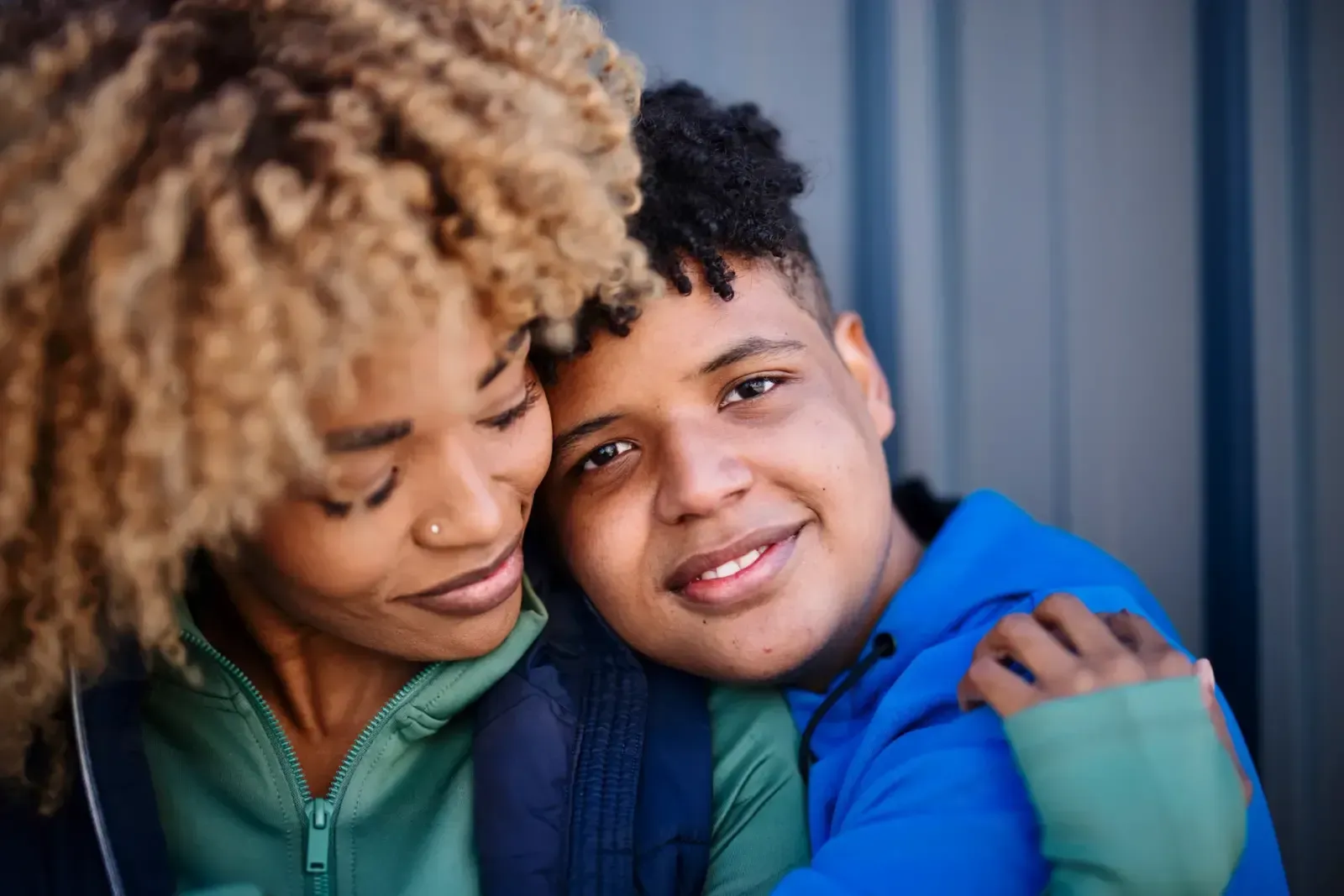Explore Our Blog
Parenting & Child Development – Part 8: How to Teach Kids About Consent, Boundaries, and Body Safety
Advance Minds Blog
A safe space to explore subjects within the community such as mental health, substance abuse and personal identity.
Our safe space also provides the opportunity for real individuals to express their hardships and success through writing.
It’s never too early to teach children about respect, safety, and ownership of their own bodies.

Why These Conversations Matter
Teaching kids about consent and boundaries lays the foundation for healthy relationships, self-respect, and emotional safety.
These lessons also protect them from harm by helping them recognize unsafe or inappropriate behavior.
When kids know they have the right to say “no,” they’re more likely to speak up when something feels wrong.
🚼 Start Early, Keep It Simple
Even toddlers can begin learning about body autonomy.
Use clear, age-appropriate messages like:
- “Your body belongs to you.”
- “You don’t have to hug someone if you don’t want to.”
- “Always ask before touching someone else.”
Normalize these ideas in everyday situations to build comfort and understanding over time.
🚫 Teach the Concept of “No Means No”
Consent isn’t just about sex — it’s about mutual respect.
Help your child practice:
- Listening when others say “no”
- Respecting when play stops
- Asking permission before touching, hugging, or borrowing things
These small daily moments build lifelong habits.
🫂 Respecting Their Boundaries at Home
When children say “no,” listen — even if it’s inconvenient. For example:
- If they don’t want tickles, stop immediately.
- If they resist affection, don’t force it “just to be polite.”
This teaches that their words and comfort matter, and they can trust their own instincts.
🔒 The “Safe Touch, Unsafe Touch” Conversation
Without creating fear, introduce body safety in a gentle, honest way.
Teach your child:
- The names of all body parts, including private ones
- That no one is allowed to touch their private parts (except during medical care with permission)
- They can always talk to you about anything that feels confusing, scary, or “off”
Empower them with the rule: “If someone asks you to keep a secret about your body, tell a trusted adult.”
🗣️ Keep the Conversation Ongoing
Consent and body safety aren't one-time talks — they’re continuous, age-adjusted conversations.
Check in regularly:
- “Has anyone made you feel uncomfortable at school?”
- “Do you feel safe talking to me about anything?”
- “Is there anything you’ve been wondering about your body or other people’s?”
🌿 Final Thoughts 💞🌈
Teaching consent, boundaries, and body safety isn’t about scaring children — it’s about empowering them.
When you give kids the language, support, and space to express themselves, you build confidence, trust, and lifelong safety.
These early conversations lay the groundwork for respectful, healthy relationships now and in the future.

















